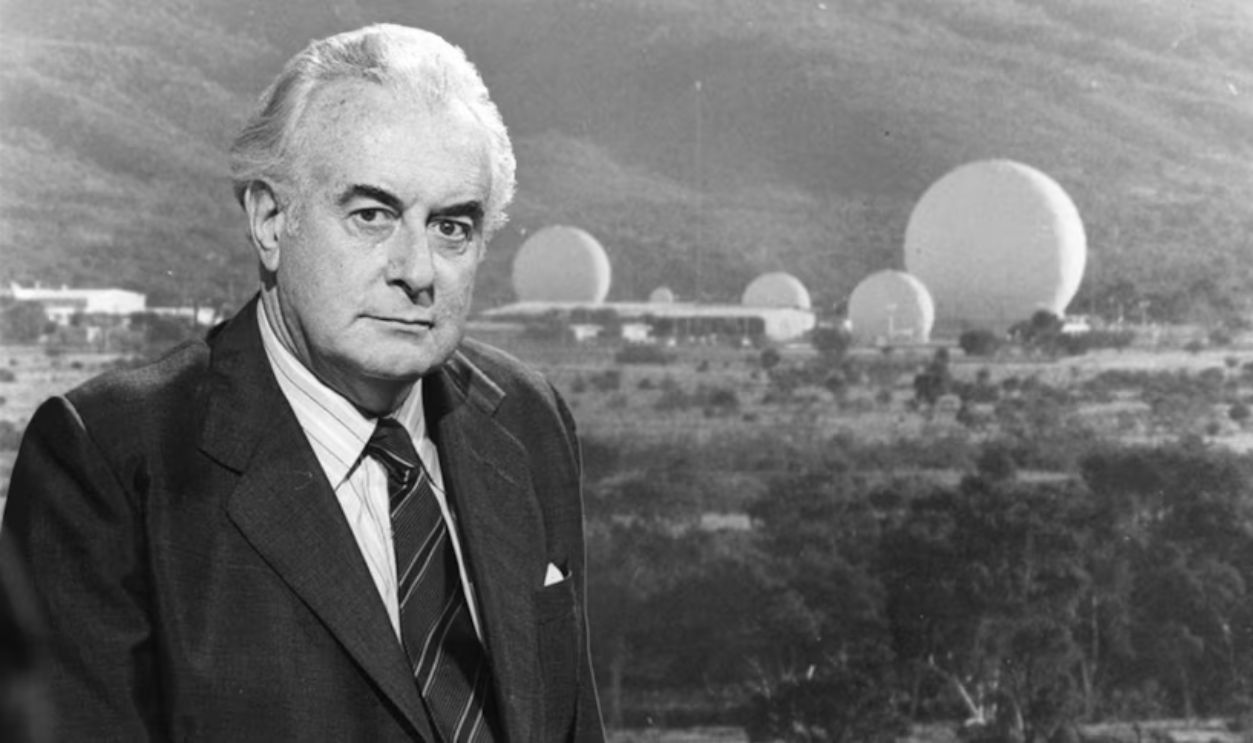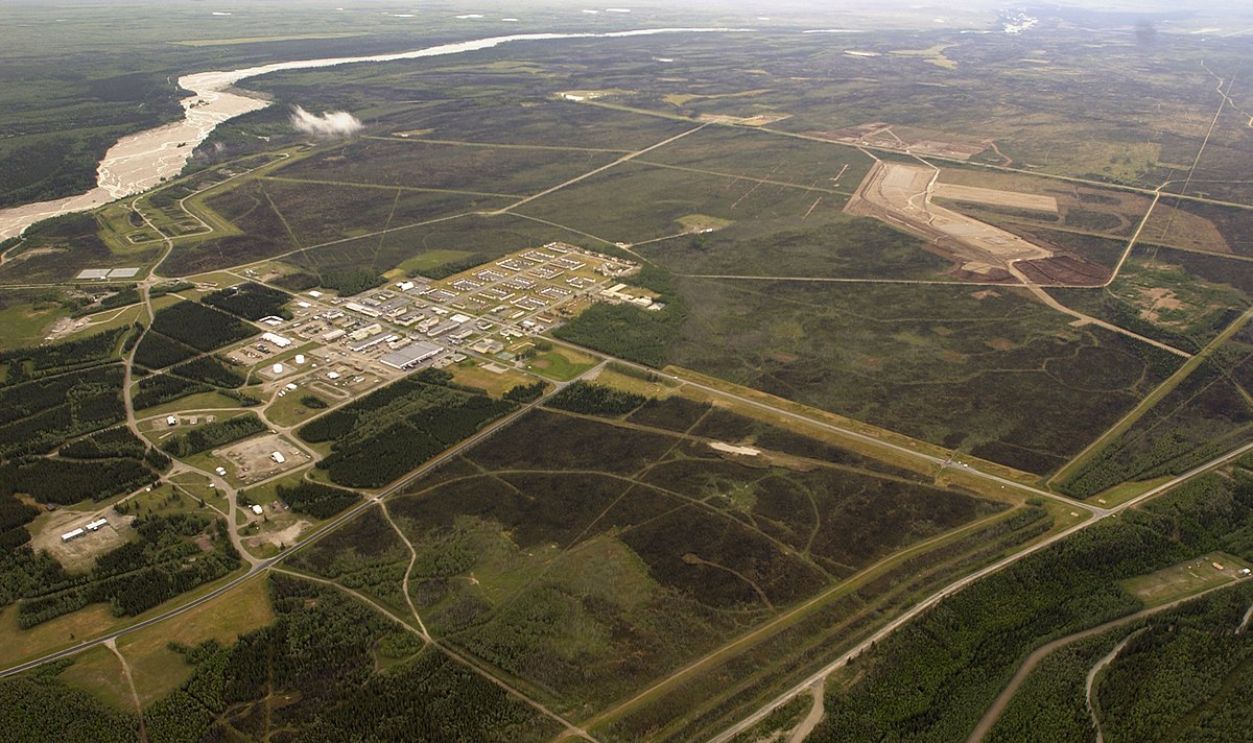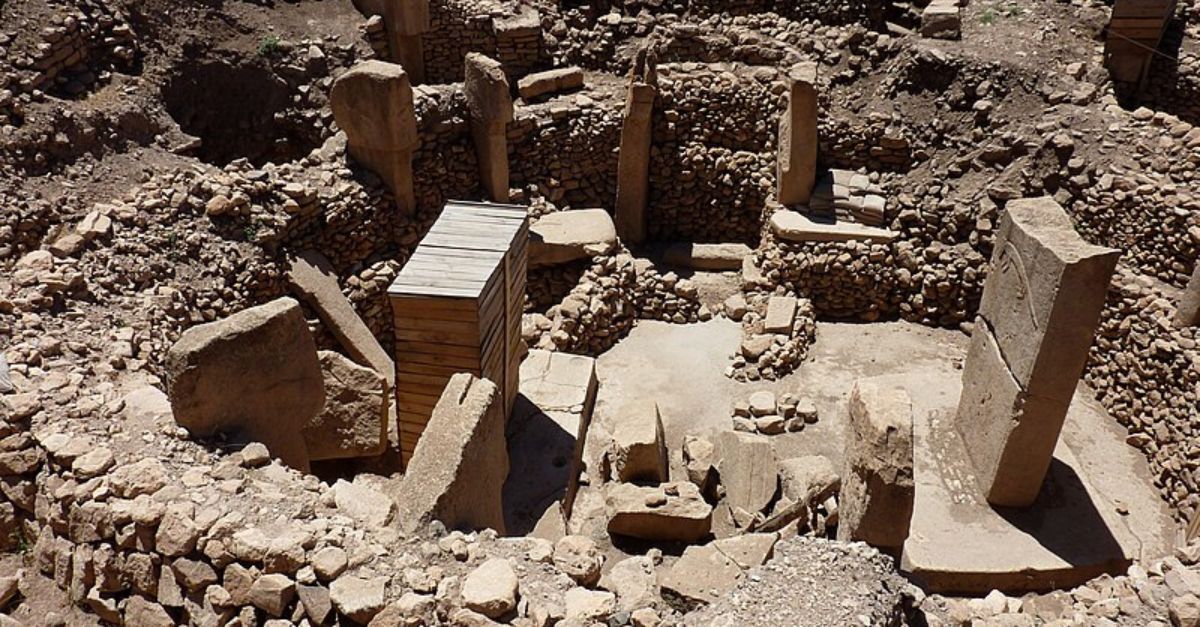The Hidden Outposts Of Science And Security
Far from the comforts of civilization, some of humanity's most daring ventures take root in the planet's most isolated corners. What is it like in these remote research stations and army bases?

Port Lockroy
Located on Goudier Island off the Antarctic Peninsula, Port Lockroy was a military base before becoming a science research station. It closed in 1962, then was restored as a museum in 1996. It currently operates under the UK Antarctic Heritage Trust during the austral summer.
 W. Bulach, CC BY-SA 4.0, Wikimedia Commons
W. Bulach, CC BY-SA 4.0, Wikimedia Commons
Pine Gap
Pine Gap has been operational since the late 1960s. It's located about 12 miles from Alice Springs in Australia's Northern Territory and is a joint facility between the US and Australia. The base consists of a large computer complex with multiple radomes protecting antennas for intelligence gathering and army operations.
 Skyring, CC BY-SA 3.0, Wikimedia Commons
Skyring, CC BY-SA 3.0, Wikimedia Commons
Concordia Research Station
With temperatures dropping to −120 °F, the Concordia Research Station is set up for studying human isolation and the effects of extreme environments. It's located more than 10,000 feet above sea level on Dome C of the Antarctic Plateau, which makes it a valuable analog for space missions.
 Morgane Cot, CC BY-SA 3.0, Wikimedia Commons
Morgane Cot, CC BY-SA 3.0, Wikimedia Commons
Amazon Tall Tower Observatory
Right in the heart of the Amazon forest, the Amazon Tall Tower Observatory is a scientific research facility which operates as a joint project between Germany and Brazil. It aims to study the interactions between the Amazon forest and the atmosphere by focusing on greenhouse gases and weather patterns.
 Jorge Saturno, CC BY-SA 4.0, Wikimedia Commons
Jorge Saturno, CC BY-SA 4.0, Wikimedia Commons
Ny-Ålesund Research Station
Ny-Ålesund, located on the Svalbard Archipelago in the Arctic Circle, is one of the northernmost civilian settlements in the world. Once a coal-mining town, it is now a global center for Arctic research with scientists from over 20 countries. Researchers focus on Arctic ecosystems as winters bring nearly total darkness.
 Harvey Barrison, CC BY-SA 2.0, Wikimedia Commons
Harvey Barrison, CC BY-SA 2.0, Wikimedia Commons
Scott Base
Staff members of the Scott Base engage in research activities and maintenance roles to test the challenges that involve extreme cold and isolation. It's a permanent research facility established in 1957 near Mount Erebus in Antarctica. The base is a hub for scientific research, including biology and environmental studies.
Bucholz Army Airfield
Bucholz Army Airfield is located on Kwajalein Atoll in the Republic of the Marshall Islands. It was constructed during WW2 by the US troops and has been in use since the 1940s. The remote Pacific location makes it strategically significant for testing and tracking missile trajectories.
 United States Army, Wikimedia Commons
United States Army, Wikimedia Commons
Eareckson Air Station
In the 1940s, the Eareckson Air Station was built to support army operations in the North Pacific and has since played roles in surveillance and reconnaissance. It's located on Shemya Island, part of the Aleutian Islands in Alaska, and is significant for monitoring air and sea traffic in the region.
 Chief Petty Officer Brandon Raile, Wikimedia Commons
Chief Petty Officer Brandon Raile, Wikimedia Commons
Mauna Loa Observatory
On the north side of Mauna Loa Volcano on Hawaii's Big Island, the Mauna Loa Observatory is located as a premier atmospheric research facility. Established in the 1950s, MLO has been continuously collecting data related to atmospheric change. Its high-altitude location provides pristine air samples, essential for studying climate dynamics.
Princess Elisabeth Antarctica
Belgium built Princess Elisabeth Antarctica in Queen Maud Land off the Antarctic coast. It's the first zero-emission polar research station designed to operate entirely on renewable energy sources, including wind and solar power. The station is a logistics center for field exploration and supports research in climatology and microbiology.
 Guywets, CC BY-SA 3.0, Wikimedia Commons
Guywets, CC BY-SA 3.0, Wikimedia Commons
Pituffik Space Base
Formerly known as Thule Air Base, Pituffik Space Base is situated on the northwest coast of Greenland. It is the northernmost installation of the US Armed Forces, located 947 miles from the North Pole. The base is strategically important for space surveillance and missile warning systems.
 U.S. Space Force photo by Senior Airman Kaitlin Castillo, Wikimedia Commons
U.S. Space Force photo by Senior Airman Kaitlin Castillo, Wikimedia Commons
Halley VI Research Station
In 2012, the Halley VI Research Station, a British Antarctic Survey facility, was established on the Brunt Ice Shelf in Antarctica. It replaced previous stations to continue research in atmospheric sciences, particularly ozone monitoring. The staff of a previous station discovered the ozone hole in 1985.
 Hugh Broughton Architects, CC BY-SA 4.0, Wikimedia Commons
Hugh Broughton Architects, CC BY-SA 4.0, Wikimedia Commons
Aquarius Reef Base
Operated by Florida International University, the Aquarius Reef Base is the world's only undersea research laboratory. It's located on the ocean floor, adjacent to Conch Reef. It facilitates marine science research by allowing researchers to live and work underwater for extended periods.
Naval Support Facility Diego Garcia
The Naval Support Facility Diego Garcia has always been a critical logistics hub in the Indian Ocean and Persian Gulf regions. Built during the Cold War, it supports satellite tracking and communications. Due to its remote location, the staff usually face challenges related to isolation and tropical climate conditions.
 U.S. Air Force photo by Staff Sgt. Alexandria Lee, Wikimedia Commons
U.S. Air Force photo by Staff Sgt. Alexandria Lee, Wikimedia Commons
Kwajalein Atoll
Kwajalein Atoll hosts the Ronald Reagan Ballistic Missile Defense Test Site, a key installation for missile testing and space operations. The US Army operates this facility in the Republic of Marshall Islands and uses its unique geography for testing missile defense systems and conducting space surveillance.
 U.S. Army photo, Wikimedia Commons
U.S. Army photo, Wikimedia Commons
Dugway Proving Ground
In one of the most remote areas of Utah's west desert, the Dugway Proving Ground serves as an army facility established in 1942. Its mission is to test and evaluate chemical, biological, radiological, and explosive hazards. The vast, isolated terrain allows for large-scale testing away from populated areas.
 David Jolley Staplegunther, CC BY-SA 3.0, Wikimedia Commons
David Jolley Staplegunther, CC BY-SA 3.0, Wikimedia Commons
Vostok Research Station
Vostok Research Station is located at the Pole of Cold in Antarctica, one of the coldest and most isolated places on Earth. The station's primary purpose is to conduct research in glaciology and climatology. Notably, it sits above Lake Vostok, a subglacial lake where temperatures can drop below −120 °F.
 Arctic and Antarctic Research Institute, CC BY 4.0, Wikimedia Commons
Arctic and Antarctic Research Institute, CC BY 4.0, Wikimedia Commons
Raven Rock Mountain Complex
Commonly known as Site R, the Raven Rock Mountain Complex is located in Pennsylvania. It's a secure underground facility for the Department of Defense, designed to ensure continuity of operations in the event of a national emergency. The complex includes extensive underground infrastructure capable of supporting army and civilian personnel.
 US Government, Wikimedia Commons
US Government, Wikimedia Commons
Mawson Station
Established in 1954, Mawson Station is Australia's oldest Antarctic research station and is one of the longest continuously operating stations in Antarctica. The station supports studies in geology and atmospheric sciences. Its location provides access to unique geological formations and proximity to the Lambert Glacier.
 Bignoter, CC BY 3.0, Wikimedia Commons
Bignoter, CC BY 3.0, Wikimedia Commons
McMurdo Station
Located on the southern edge of Ross Island in Antarctica, McMurdo Station is the largest US research facility on the continent. Its proximity to Mount Erebus, the world's southernmost active volcano, and the huts of early explorers like Robert Falcon Scott, add to its unique significance.
 owamux, CC BY 2.0, Wikimedia Commons
owamux, CC BY 2.0, Wikimedia Commons
Comandante Ferraz Antarctic Station
King George Island is home to the Comandante Ferraz Antarctic Station that operates as Brazil's permanent research outpost. It opened in 1984, and was named after Navy Commander Luís Antônio de Carvalho Ferraz. In 2012, a fire destroyed a significant portion and led to a comprehensive reconstruction effort.
 Marinha do Brasil, CC BY-SA 2.0, Wikimedia Commons
Marinha do Brasil, CC BY-SA 2.0, Wikimedia Commons
Amundsen-Scott South Pole Station
At 9,301 feet above sea level, the Amundsen-Scott South Pole Station was built in 1956. It has since been in operation to support scientific activities for the International Geophysical Year. The station houses powerful telescopes and detectors, like the IceCube Neutrino Observatory, which studies elusive particles from space.
 Cmichel67, CC BY 4.0, Wikimedia Commons
Cmichel67, CC BY 4.0, Wikimedia Commons
Neumayer Station III
Neumayer Station III is Germany's premier research outpost on the frozen continent. Operational since 2009, this station replaced its predecessors and introduced an innovative design: it stands on hydraulic stilts that can be adjusted to counteract snow accumulation and ice movement. Researchers here focus on studying geophysics and meteorology.
 Felix Riess, CC BY-SA 3.0, Wikimedia Commons
Felix Riess, CC BY-SA 3.0, Wikimedia Commons
Ascension Island Base
Ascension Island is a remote volcanic island in the South Atlantic and home to a joint US-UK army base. Located between South America and Africa, it supports space observation. It was an airbase for Allied forces during WW2. Today, it remains an important hub for transatlantic operations and scientific studies.
 JERRYE & ROY KLOTZ MD, CC BY-SA 3.0, Wikimedia Commons
JERRYE & ROY KLOTZ MD, CC BY-SA 3.0, Wikimedia Commons
Fort Greely
Tucked away in Alaska's rugged interior, Fort Greely is a US Army base primarily dedicated to missile defense. Established during WW2 and reactivated during the early 2000s, it houses part of the Ground-based Midcourse Defense system to intercept and destroy incoming ballistic missiles.
 Unknown Author, Wikimedia Commons
Unknown Author, Wikimedia Commons










